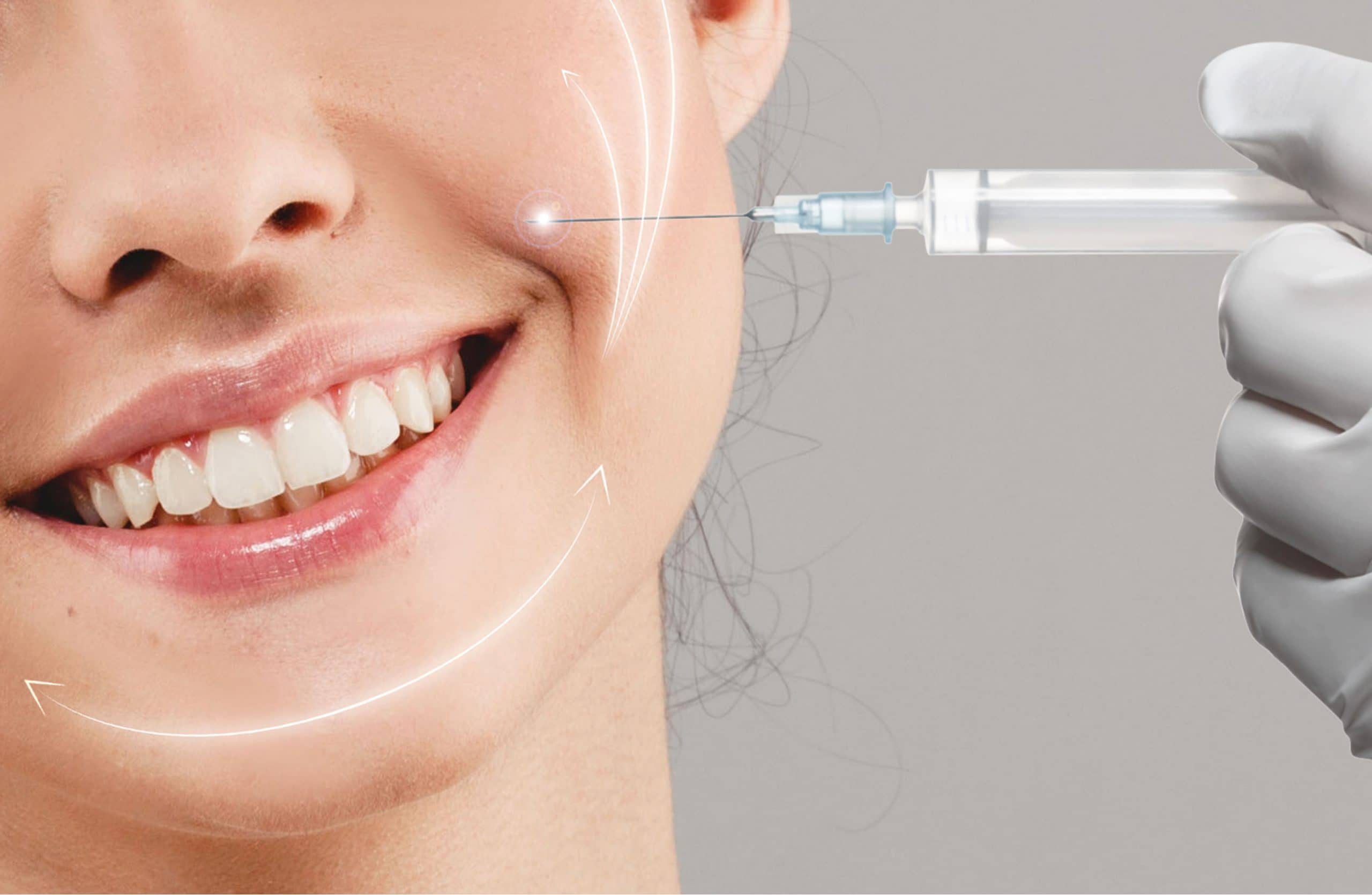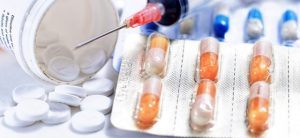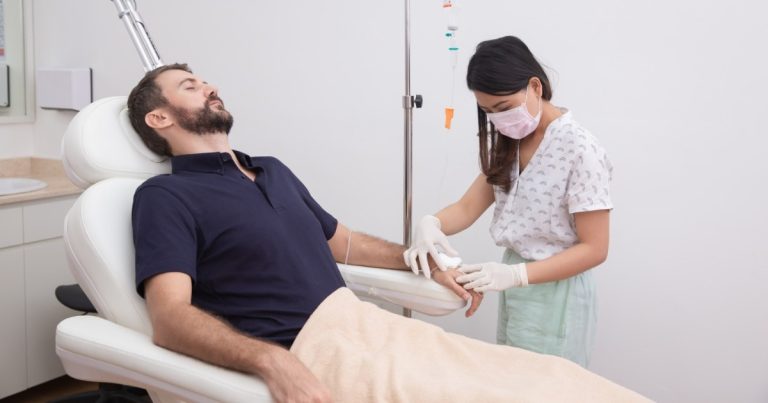A leading hyaluronic acid (HA) dermal filler, has gained widespread popularity for its ability to restore volume and diminish wrinkles. A deeper exploration into its mechanism of action reveals the intricate science behind how hyaluronic acid interacts with the skin to achieve rejuvenating results.
- Hyaluronic Acid as a Natural Component:
Skin’s Essential Component: Hyaluronic acid is a naturally occurring substance in the skin, forming an integral part of the extracellular matrix. It plays a vital role in maintaining skin hydration, suppleness, and overall health.
- Source of Hyaluronic Acid in Restylane:
Bioengineered Purity: Restylane hyaluronic acid is meticulously bioengineered in a laboratory to ensure purity and consistency. This bioengineered HA closely mirrors the molecular structure of the body’s own hyaluronic acid.
- Cross-Linking for Stability:
Chemical Structure Enhancement: The HA molecules undergo a process called cross-linking during the production of Restylane. This involves creating stable connections between individual HA molecules, forming a resilient gel-like structure.

- Injection into the Skin:
Precision Application: Skilled practitioners inject the cross-linked hyaluronic acid gel into targeted areas of the skin, focusing on regions where volume loss or wrinkles are evident.
- Attraction to Water Molecules:
Hydration Power: Hyaluronic acid possesses an exceptional capacity to attract and retain water molecules. Once introduced, Restylane harnesses this property, drawing in water to add volume. This hydration effect contributes to a rejuvenating plumpness, smoothing out lines and wrinkles.
- Restoring Volume and Smoothness:
Revitalizing Effect: The increased volume from the injected hyaluronic acid serves a dual purpose – it fills in lines and wrinkles while providing a lifting effect. This revitalization contributes to a more youthful appearance and improved facial contours.
- Integration with Tissues:
Harmonious Integration: Restylane is engineered for biocompatibility, ensuring seamless integration with the body’s tissues. Over time, the hyaluronic acid is naturally broken down by the body, and the effects gradually diminish without leaving a lasting impact.
- Stimulation of Collagen Production:
Collagen Enhancement: Beyond its immediate effects, hyaluronic acid injections may stimulate collagen synthesis. Collagen, a fundamental protein in the skin, contributes to long-term improvements in skin quality, promoting elasticity and resilience.
Conclusion:
Restylane’s mechanism of action is a symphony of bioengineering and biological compatibility. By leveraging the hydrating and volumizing properties of hyaluronic acid, Restylane achieves remarkable facial rejuvenation. The precision of injection, the stability of cross-linking, and the natural integration with tissues make Restylane a preferred choice for those seeking a non-surgical solution to address the signs of aging.














